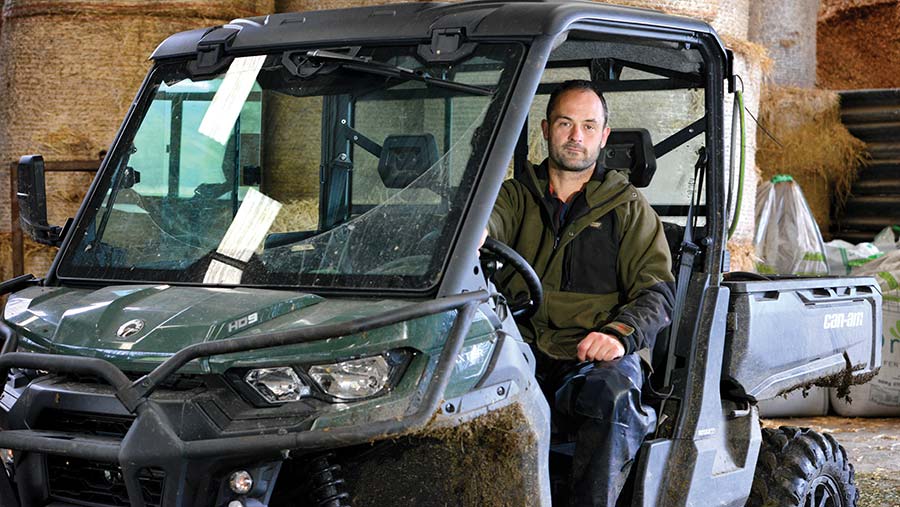Farmer Focus: Reducing flock to cut cattle wintering cost
 © Michelle Scott
© Michelle Scott Our shepherd moved on recently to pastures new. It’s always difficult losing good staff, but I am aware that we are just a rung on the ladder for shepherds to gain experience before progressing to something with more responsibility.
Fortunately, this news has enabled us to evaluate and regroup our setup and push forward with some decisions that were already under consideration.
See also: Video: Highland farm grazes cattle unfenced with GPS collars
Over the past four years, we have been reducing ewe numbers to make way for grazing more of our steers. Reconsidering staffing allocation to certain enterprises has been helpful in developing our ideas.
Having a full-time shepherd may have been deemed a luxury for us, with only 750 ewes, and it was – but now I am used to having at least some free time, I am not overly keen to give that up.
We have decided to cut ewe numbers back to about 200. Hopefully, they will perform well, with little work needed.
With fewer ewes, I hope to be able to graze the cows later into the autumn and get them onto grass earlier in spring. This should cut a lot of wintering costs and free up time. But when jobs do need doing, I’m sure the children will happily help, and maybe enjoy them.
Thankfully, we have a variety of ground, including some decent, hard, dry fields that we can save for grazing in the wetter times of year. I will aim to run big groups, rotating daily at wetter times to limit damage.
In other news, we have decided to stop being a Stabiliser multiplier.
As a multiplier, we sold all the stock – typically 20 or so heifers and six bulls a year – through the Stabiliser Cattle Company, which worked well for us in the past.
The breed prides itself on accurate data recording for estimated breeding values, and with that, for us, came additional workload.
Also, our location meant selling bulls was always a bit of a challenge. This decision has made putting bulls out with cows a lot easier, with six bulls, including yearling bulls, split between 160 cows in three groups.
We will continue 100% with the breed, breeding the easy fleshing, maternal type that suits our system. Time will tell if this is a positive change.

